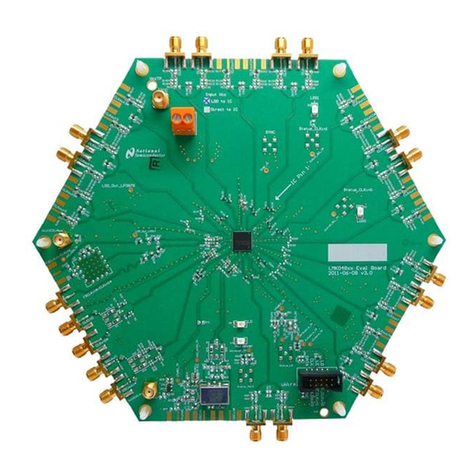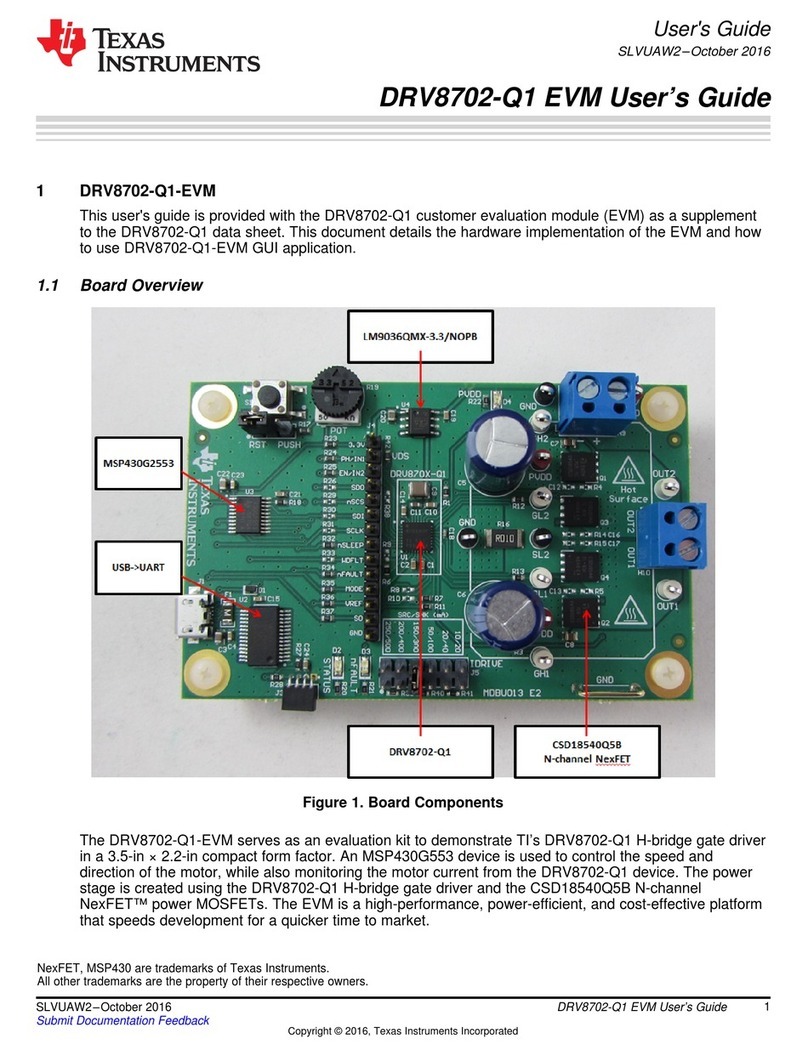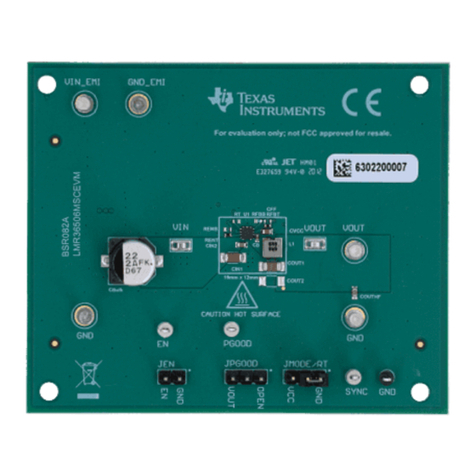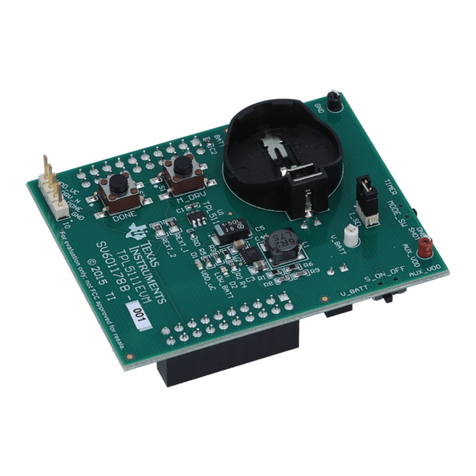Texas Instruments TA 5 42EVM-K Series User manual
Other Texas Instruments Motherboard manuals
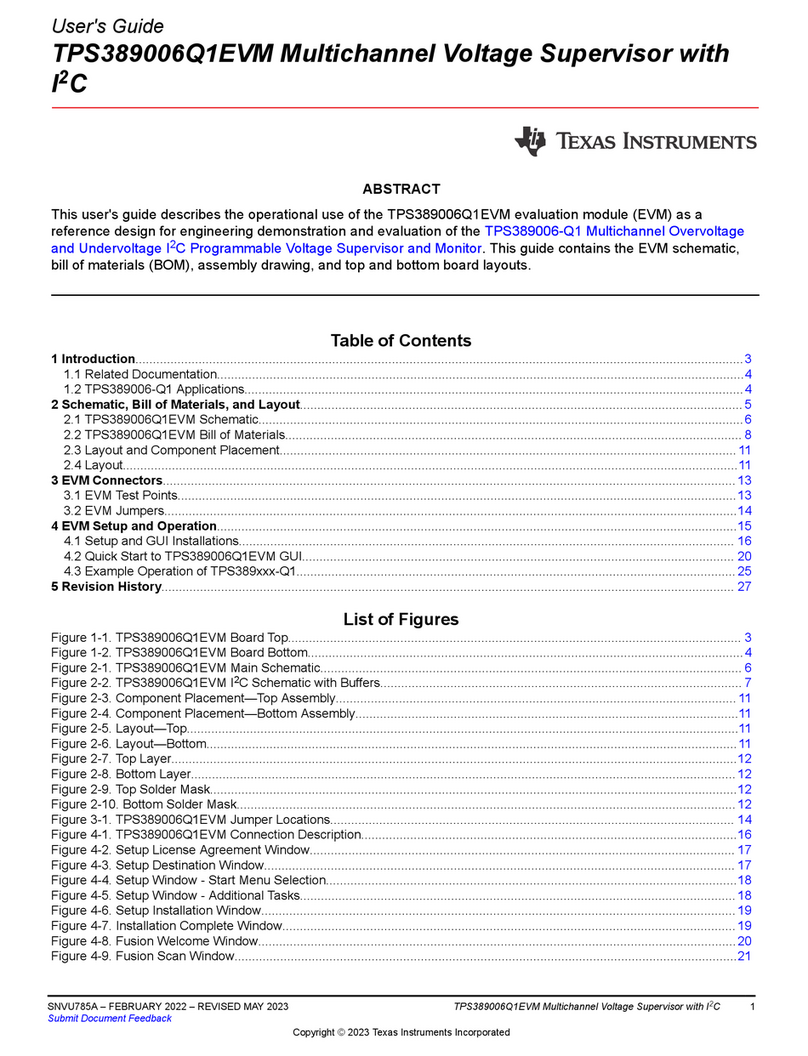
Texas Instruments
Texas Instruments TPS389006Q1EVM User manual
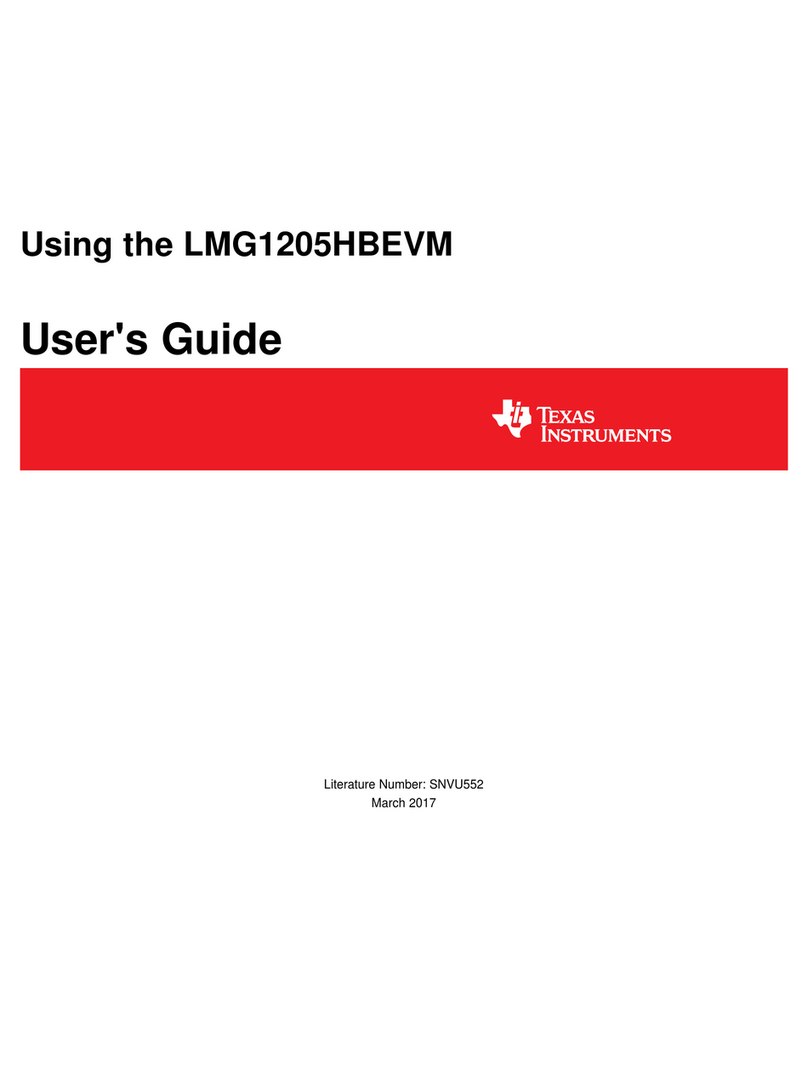
Texas Instruments
Texas Instruments LMG1205HBEVM User manual

Texas Instruments
Texas Instruments HDC1050EVM User manual
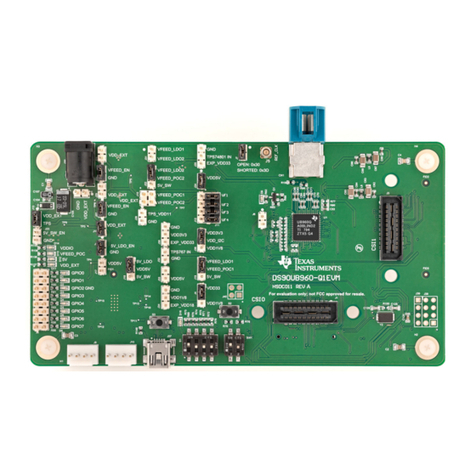
Texas Instruments
Texas Instruments DS90UB960-Q1EVM User manual
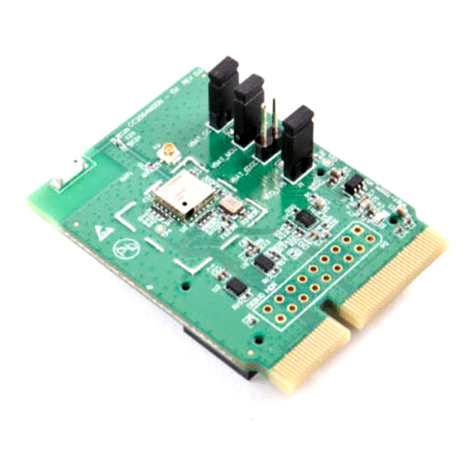
Texas Instruments
Texas Instruments CC2564MODNEM User manual
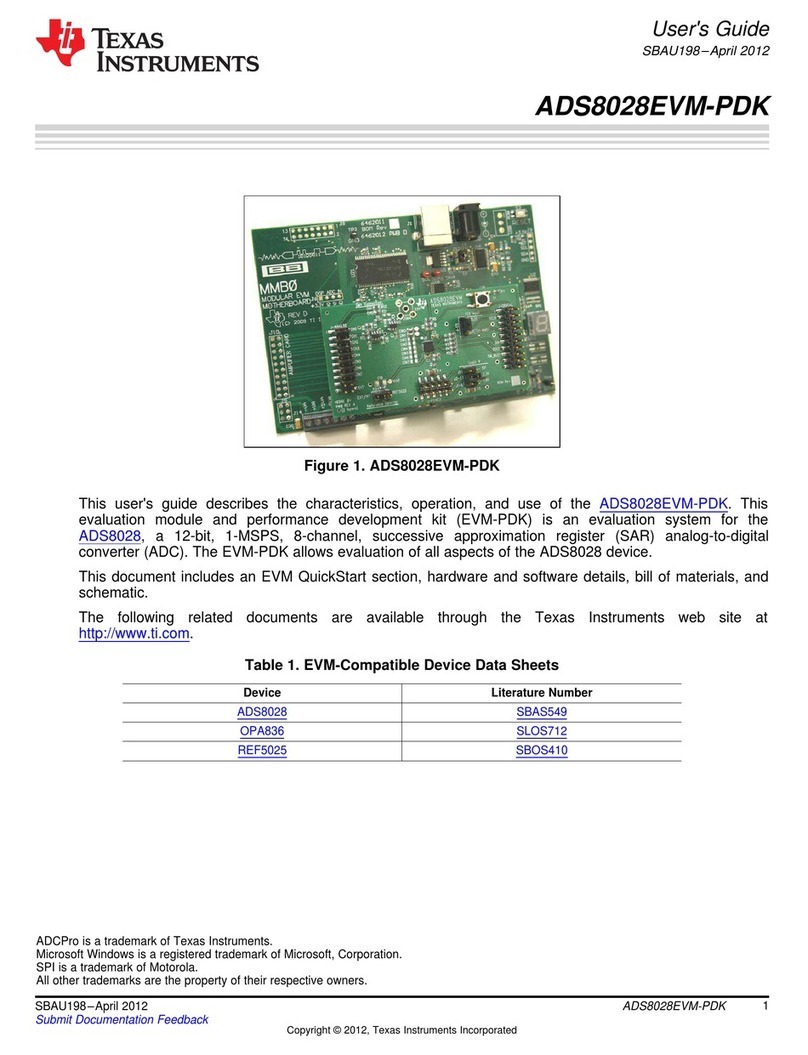
Texas Instruments
Texas Instruments ADS8028EVM-PDK User manual
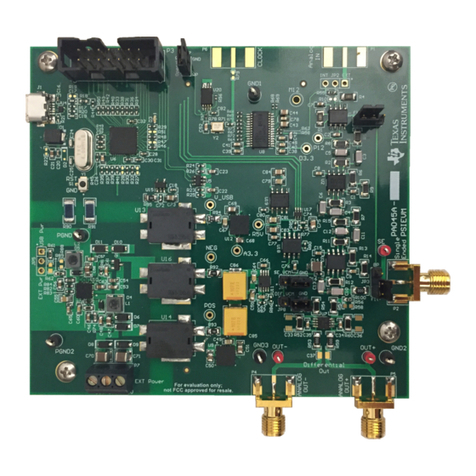
Texas Instruments
Texas Instruments PSIEVM User manual
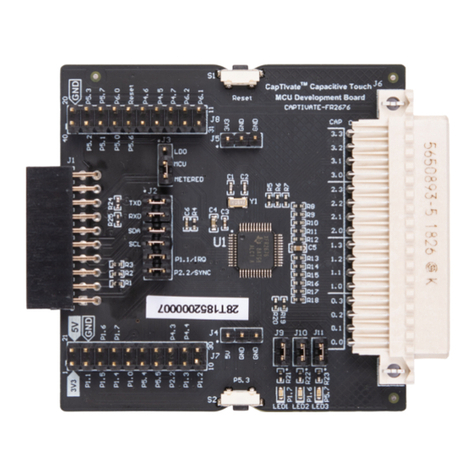
Texas Instruments
Texas Instruments CAPTIVATE-FR2676 User manual
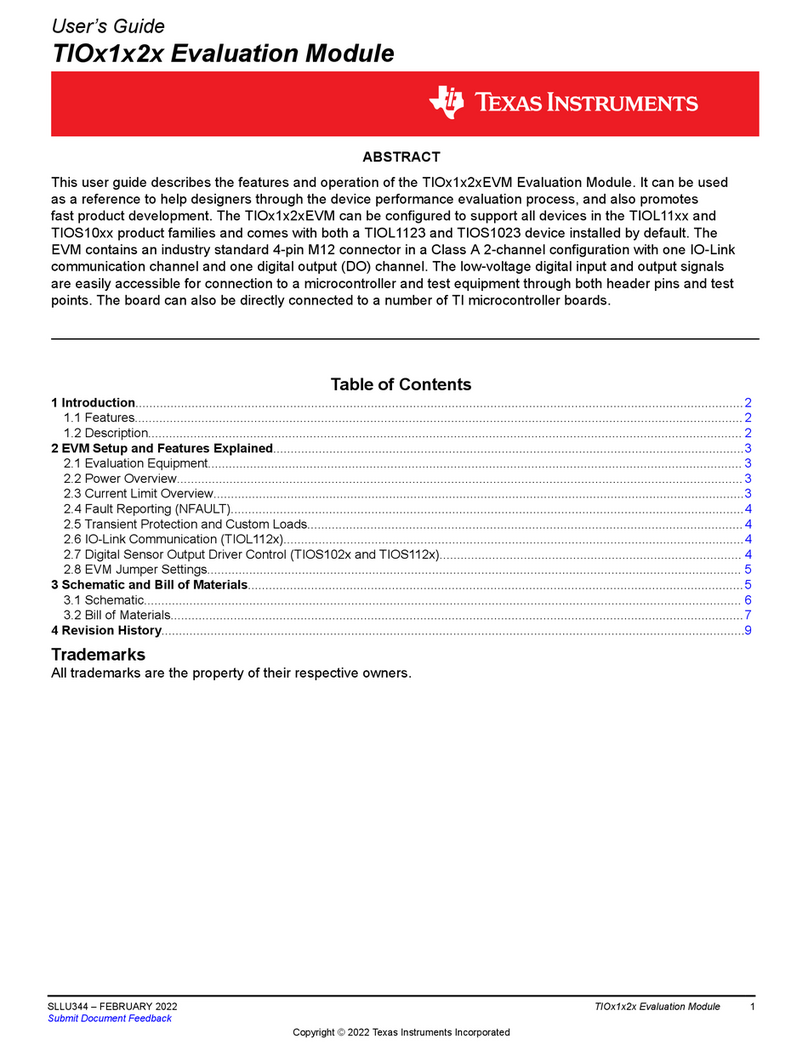
Texas Instruments
Texas Instruments TIO 1 2 Series User manual
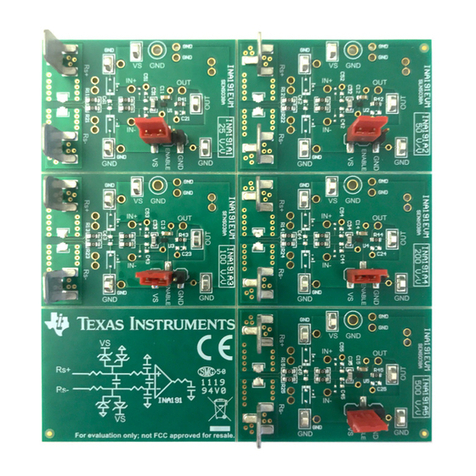
Texas Instruments
Texas Instruments INA191EVM User manual
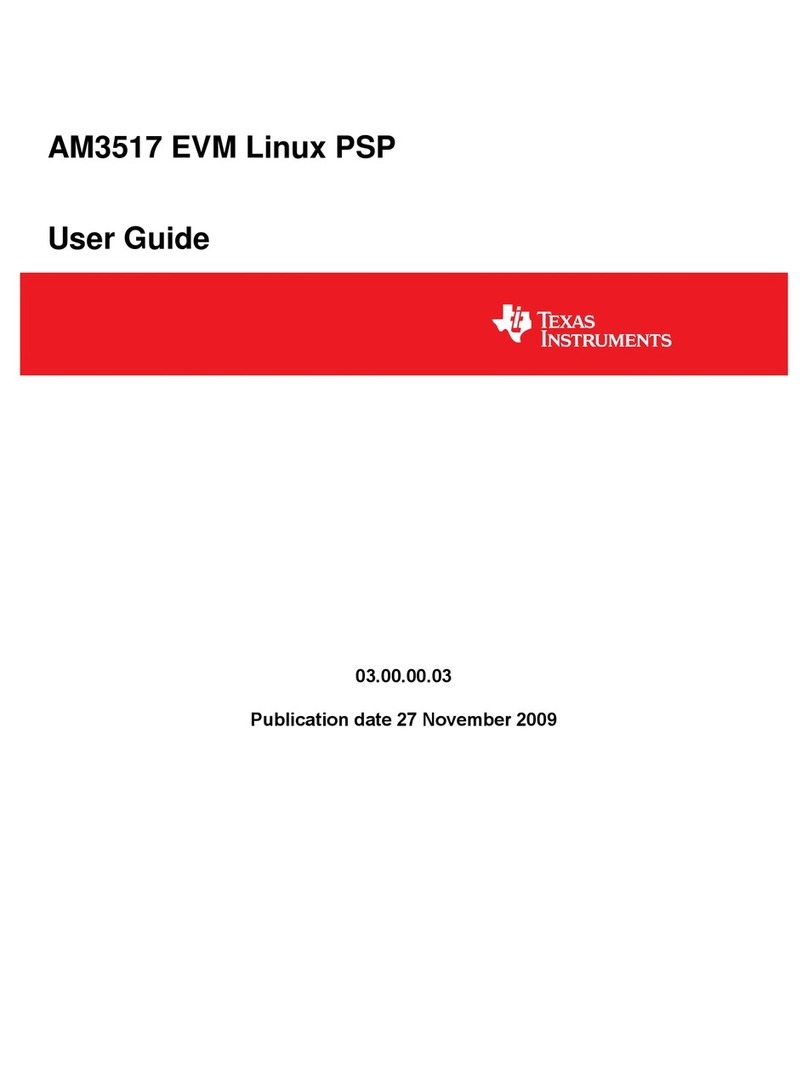
Texas Instruments
Texas Instruments AM3517 User manual
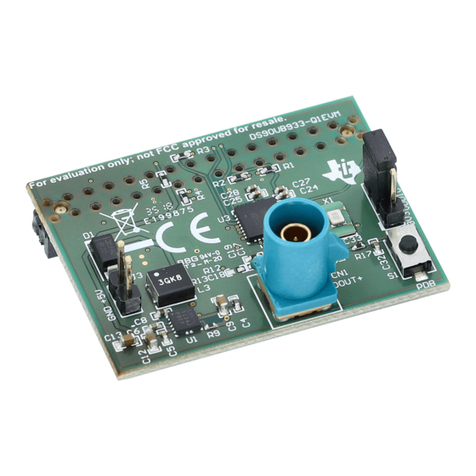
Texas Instruments
Texas Instruments DS90UB933-Q1EVM User manual
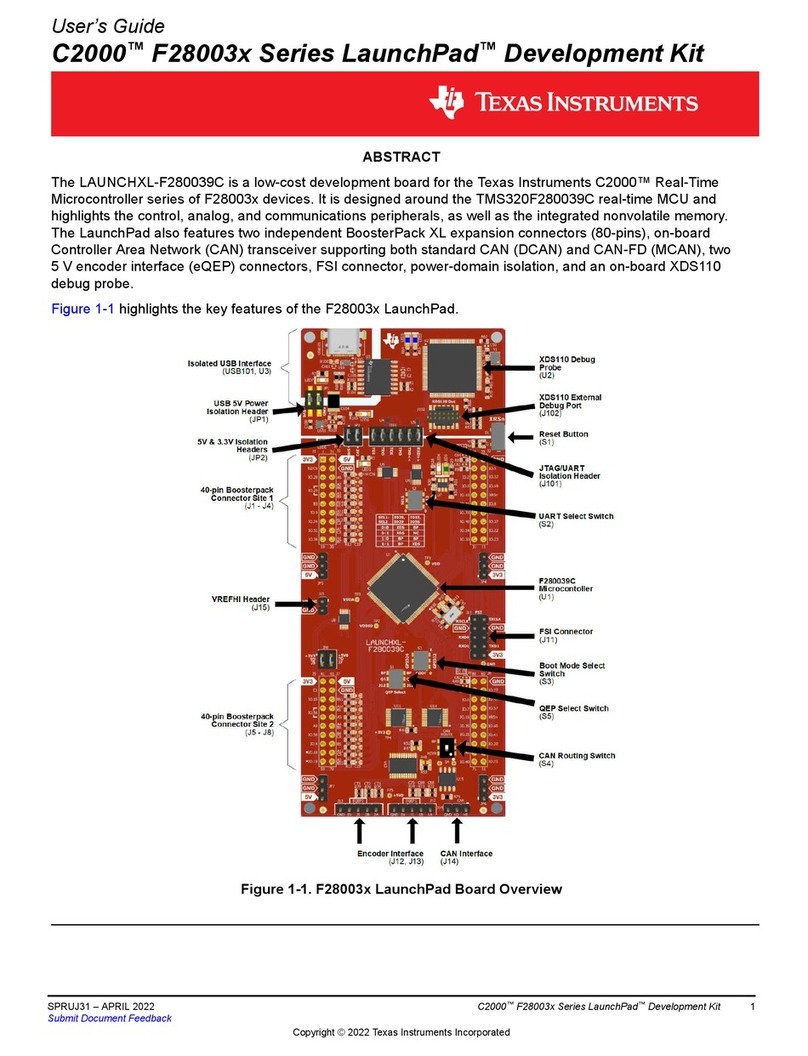
Texas Instruments
Texas Instruments C2000 F28003x Series User manual
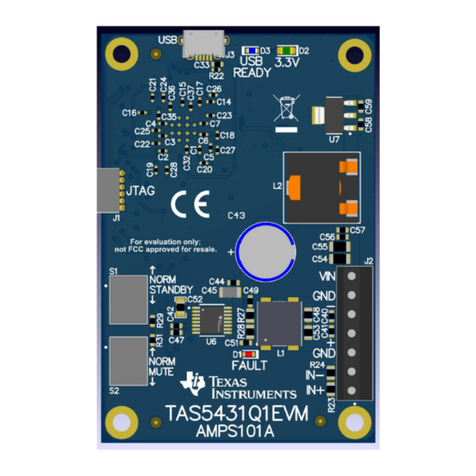
Texas Instruments
Texas Instruments TAS5431-Q1EVM User manual
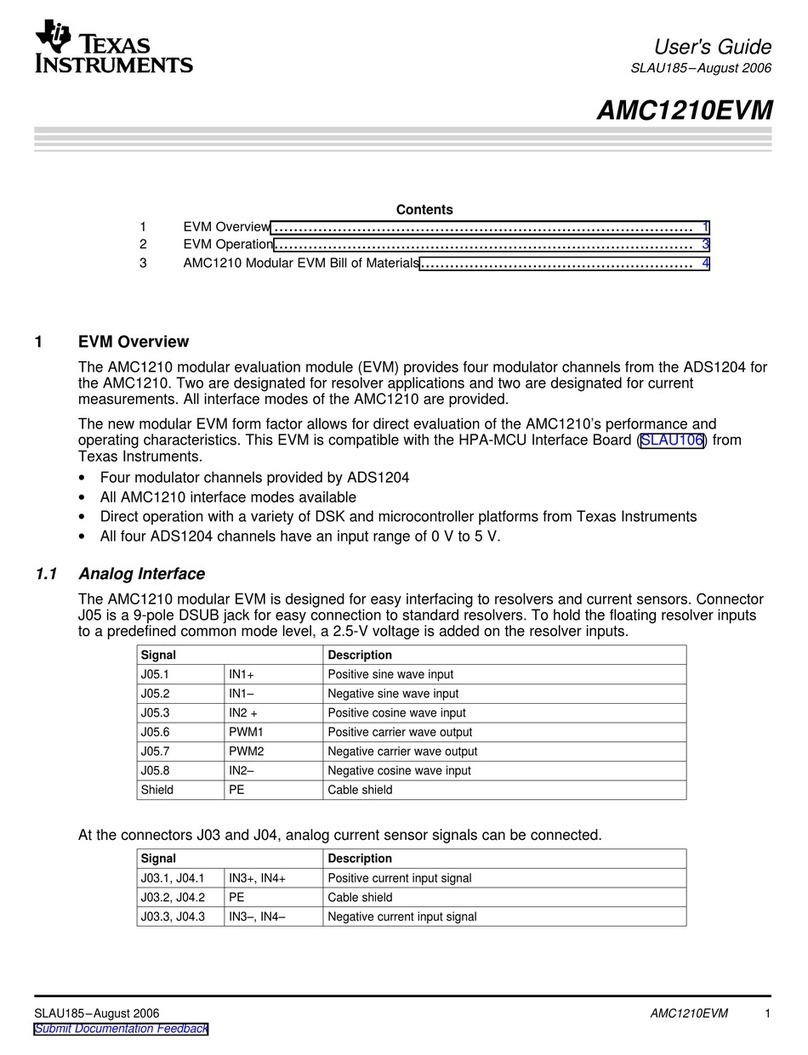
Texas Instruments
Texas Instruments AMC1210EVM User manual
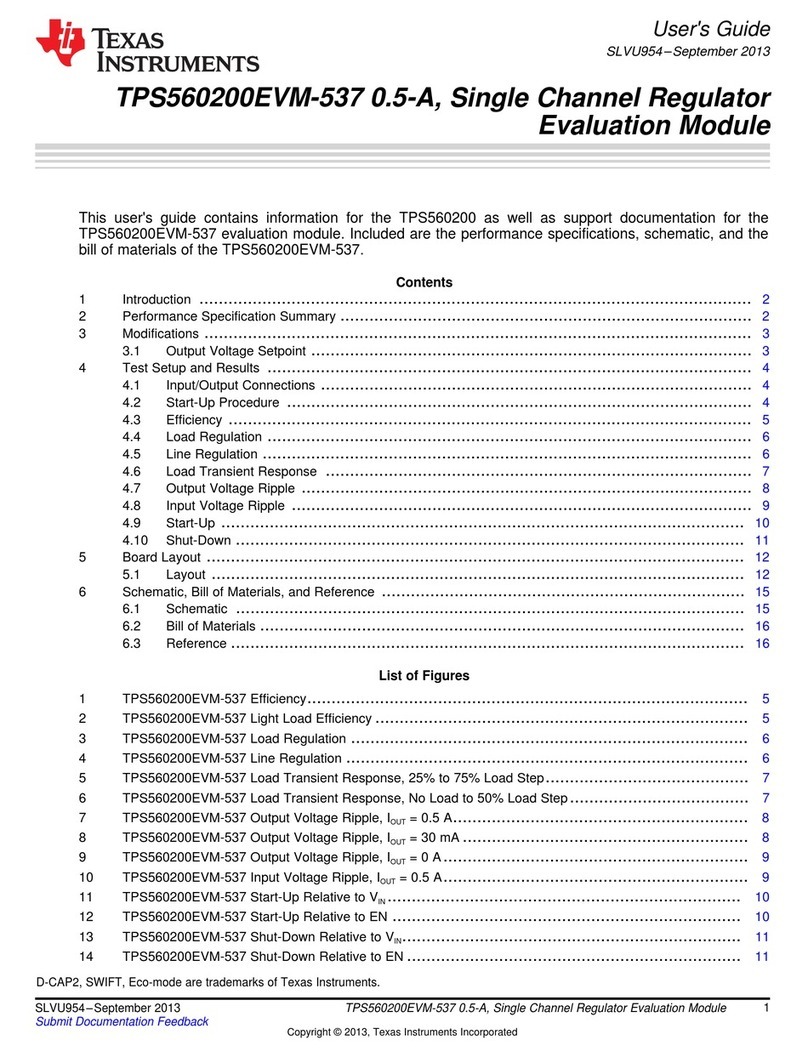
Texas Instruments
Texas Instruments TPS560200 User manual
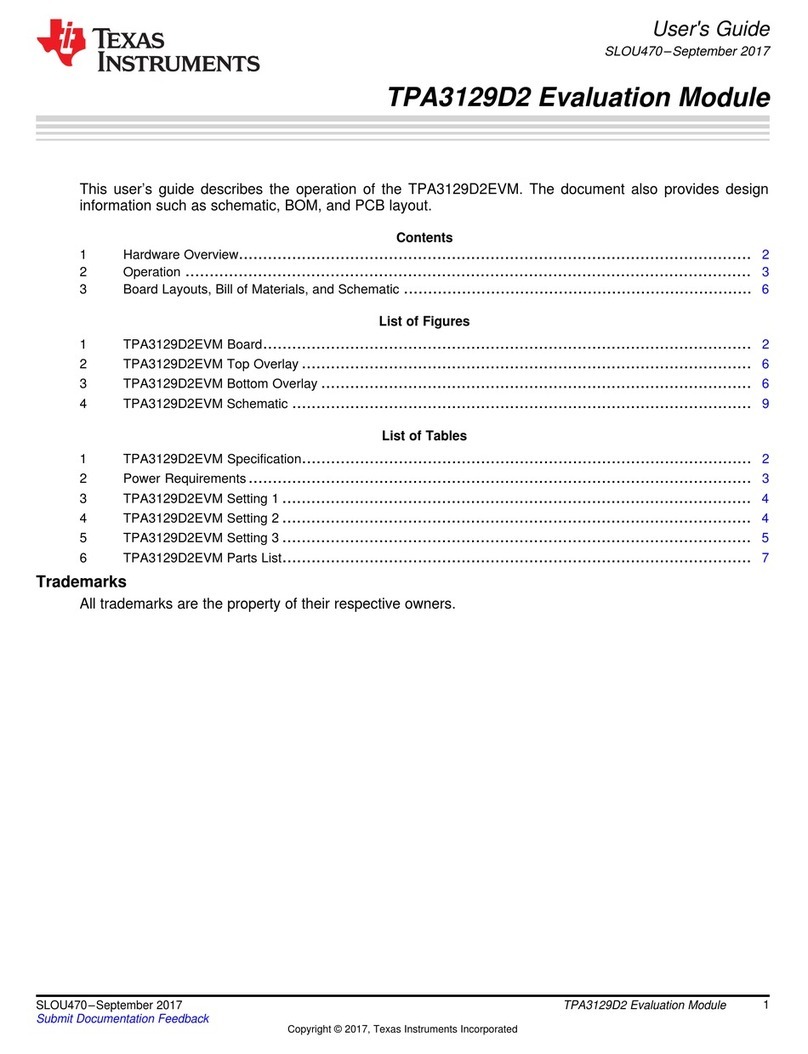
Texas Instruments
Texas Instruments TPA3129D2EVM User manual

Texas Instruments
Texas Instruments TAS5753MD User manual
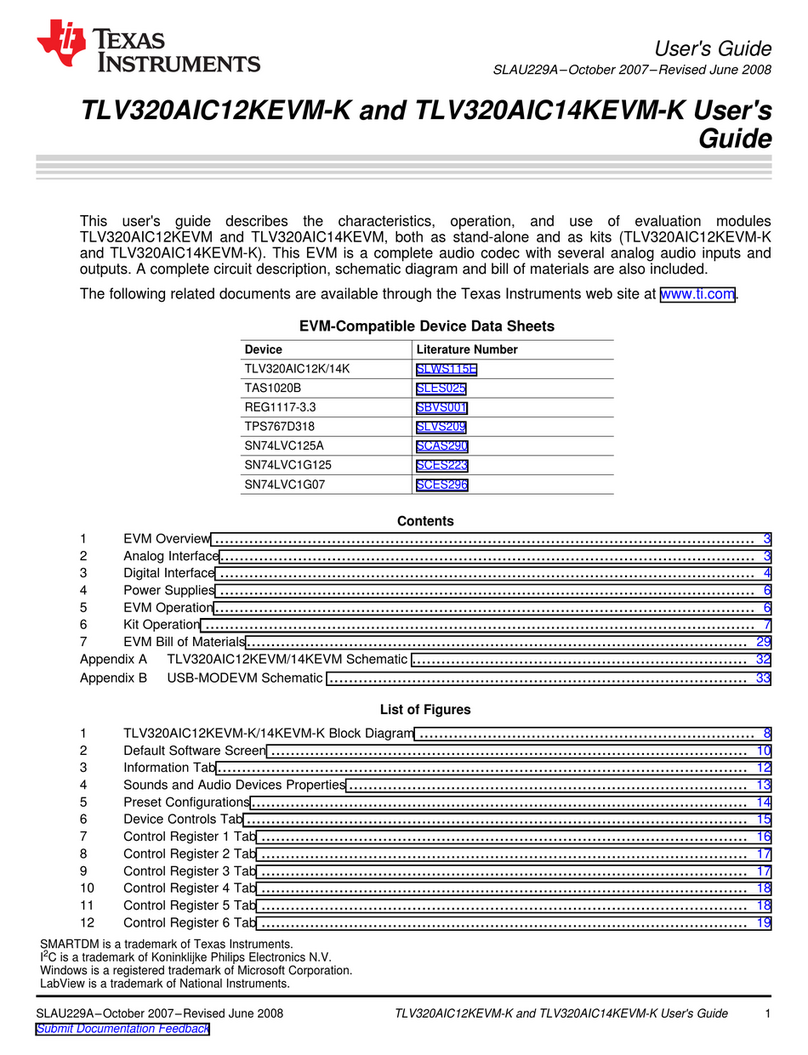
Texas Instruments
Texas Instruments TLV320AIC12KEVM-K User manual
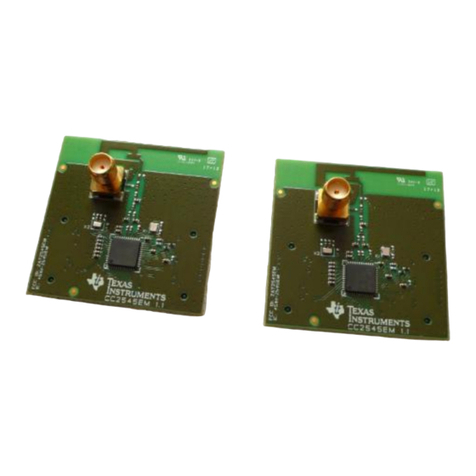
Texas Instruments
Texas Instruments CC2545EMK User manual
